Salary Review Letter Template for Effective Communication
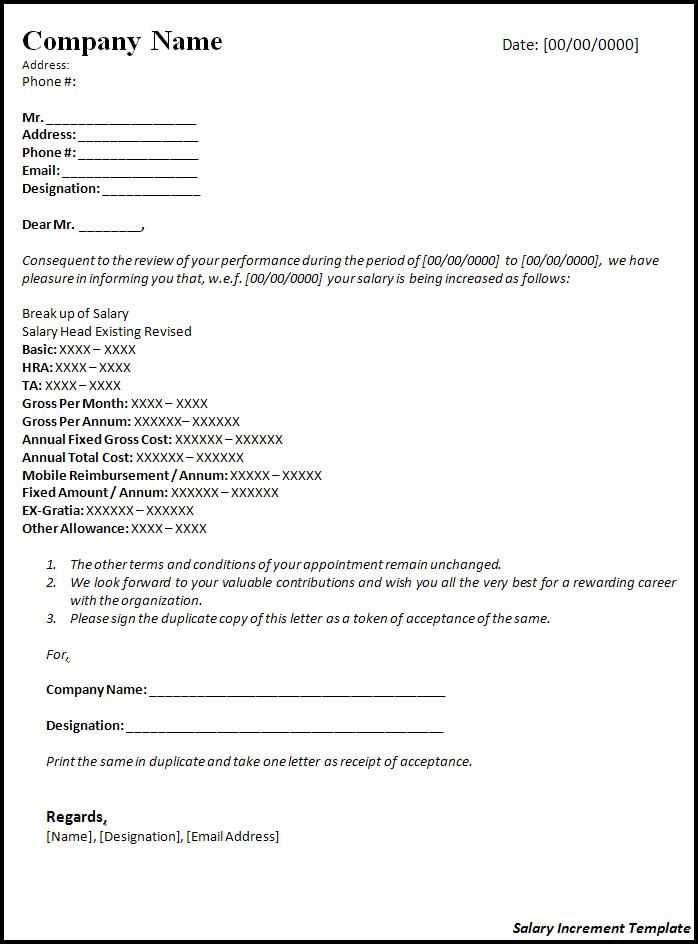
When it comes to addressing changes in compensation, it’s important to approach the conversation with professionalism and clarity. Crafting a formal request for a raise or pay increase requires careful thought, as this document serves as a formal way to express your case and expectations. A well-constructed communication can make a significant impact, increasing the chances of a positive outcome. Below are some helpful guidelines for creating a compelling and respectful request.
Key Elements of a Compensation Request
In order to craft an effective message, you need to include several essential components. These elements will ensure that your communication is clear and persuasive:
- Introduction: Briefly explain the purpose of the communication.
- Justification: Present reasons why you believe an adjustment is warranted, such as achievements, increased responsibilities, or market trends.
- Desired Outcome: Clearly state the amount or adjustment you are requesting.
- Closing: Express gratitude for the opportunity to discuss the matter and your willingness to engage in further discussion.
How to Structure Your Request
The way you organize your thoughts in this request can significantly impact how it’s received. Here’s a recommended structure:
- Start with a polite greeting: Address your supervisor or HR manager respectfully.
- State the purpose early on: Let them know that you are discussing compensation adjustments.
- Provide specific evidence: Highlight your key contributions and results over time.
- Request a specific amount: Be clear about what you are asking for and how it aligns with your contributions.
- End with gratitude: Thank them for considering your request and express a willingness to discuss further.
Avoid Common Pitfalls
It’s essential to avoid certain errors when making your case. Failing to provide sufficient evidence, being vague about your request, or presenting unrealistic expectations can weaken your case. Additionally, it’s crucial to maintain a tone of professionalism, regardless of the outcome. Emphasize your commitment to the company and your enthusiasm for continuing to contribute to its success.
Best Practices for Professional Communication
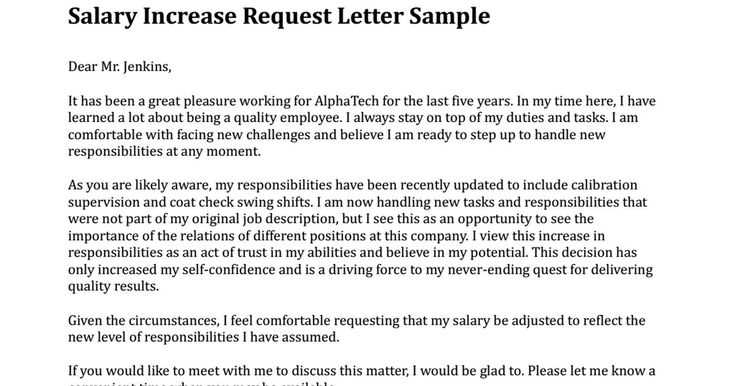
To increase the likelihood of a successful outcome, ensure your message is clear, concise, and respectful. Keep the following best practices in mind:
- Be specific: Provide details and concrete examples that justify your request.
- Keep a positive tone: Even if the outcome is uncertain, remain professional and diplomatic.
- Be prepared to negotiate: Be open to discussion and flexible in your approach.
Why You Need a Compensation Adjustment Request
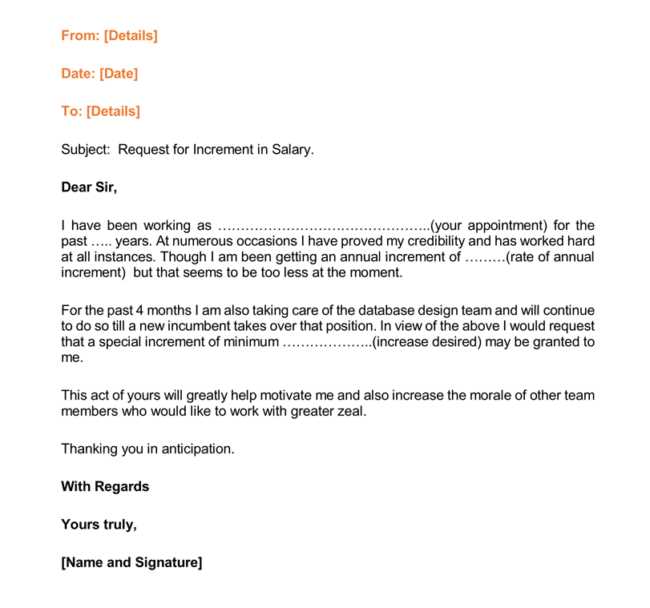
Requesting a change in your compensation is an important step in your career development. This formal approach ensures that your concerns or requests are clearly communicated and properly documented. A well-crafted message allows you to present your case effectively, emphasizing the value you bring to the organization. By structuring your communication thoughtfully, you demonstrate professionalism and an understanding of workplace expectations, which can significantly increase the likelihood of a favorable response.
Key Elements of a Compensation Adjustment Request
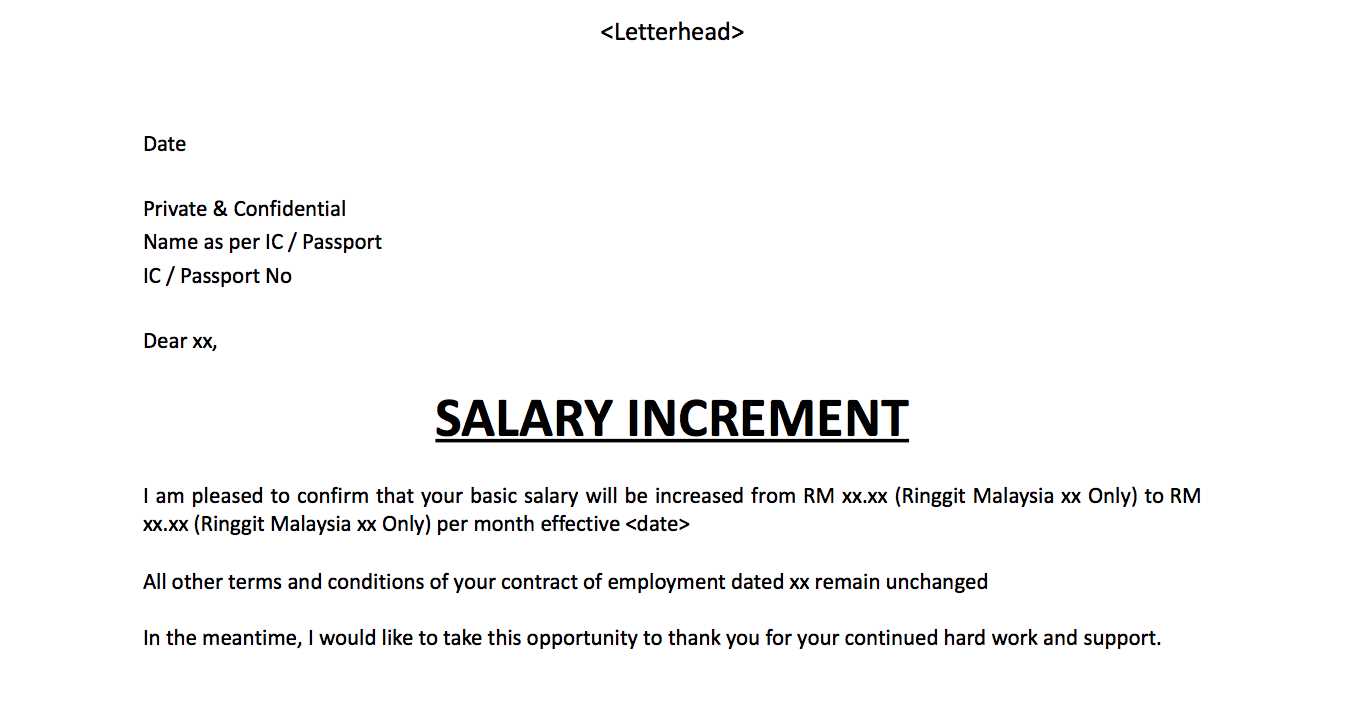
When preparing to make a formal request, it’s essential to include specific elements to make your communication effective. Key components of a persuasive request include:
- Introduction: Begin by stating the purpose of your message clearly.
- Justification: Provide solid reasons that justify your request, including performance metrics or increased responsibilities.
- Clear Request: Specify the amount or nature of the change you are seeking.
- Appreciation: Close by thanking the recipient for their time and consideration.
How to Structure Your Compensation Request
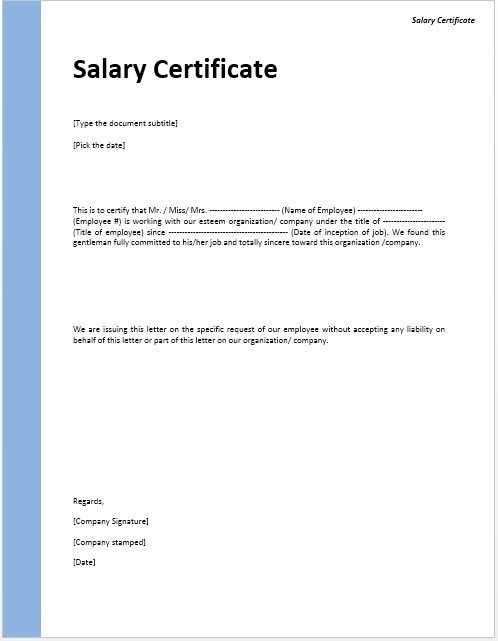
Properly organizing your request is crucial for ensuring that your message is clear and well-received. Consider the following structure:
- Start with a polite greeting: Address the recipient respectfully and professionally.
- State your purpose clearly: Let the recipient know you are discussing an adjustment to your compensation.
- Provide justification: Highlight your key accomplishments, skills, or experiences that warrant the request.
- Make your request: Clearly articulate what you are asking for and provide a rationale.
- End with appreciation: Thank the recipient for considering your request and express your willingness to discuss it further.
Common Errors to Avoid in Compensation Requests
When crafting your request, avoid common mistakes that could undermine your case:
- Being too vague: Failing to clearly articulate the amount or reasons behind your request can make it less convincing.
- Overly aggressive tone: It’s important to remain polite and professional throughout the message.
- Making unrealistic requests: Ensure that your request aligns with company standards and industry norms.
- Neglecting follow-up: Always include an invitation for further discussion if necessary.
Tips for Crafting a Professional Request
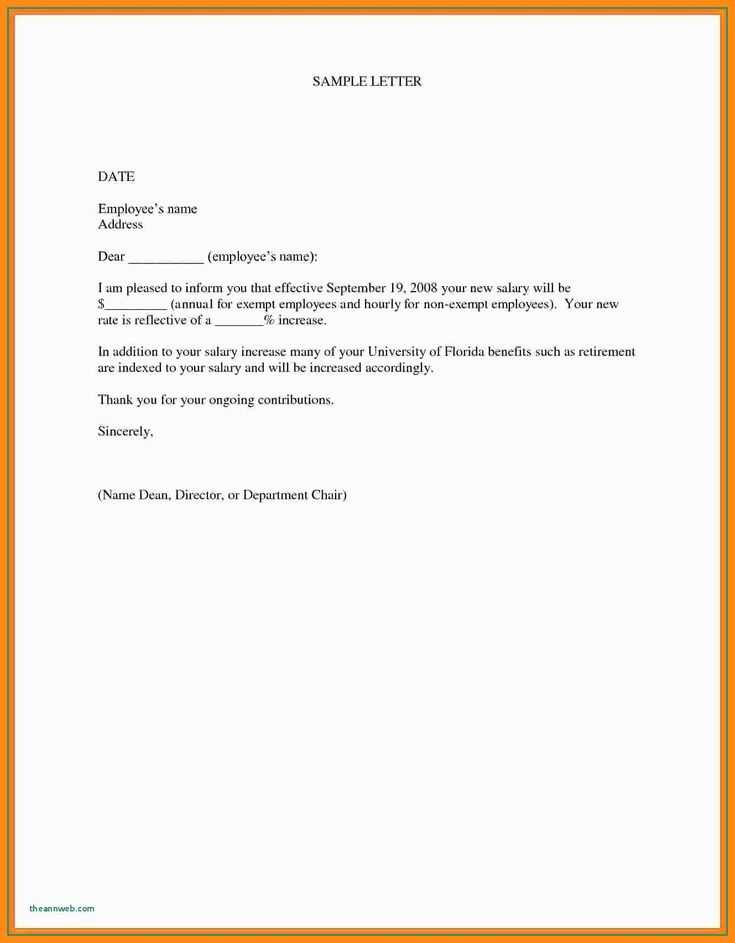
To ensure that your communication is professional and effective, consider the following tips:
- Be concise: Avoid unnecessary details, and keep your message focused on the key points.
- Maintain professionalism: Stay courteous and avoid sounding entitled or confrontational.
- Provide evidence: Back up your request with concrete examples of your contributions or market research to justify the change.
How to Follow Up on Your Request
If you don’t receive a response after a reasonable period, it’s important to follow up. Politely remind the recipient of your initial communication and express your continued interest in discussing the matter. This shows initiative and reinforces your professionalism.